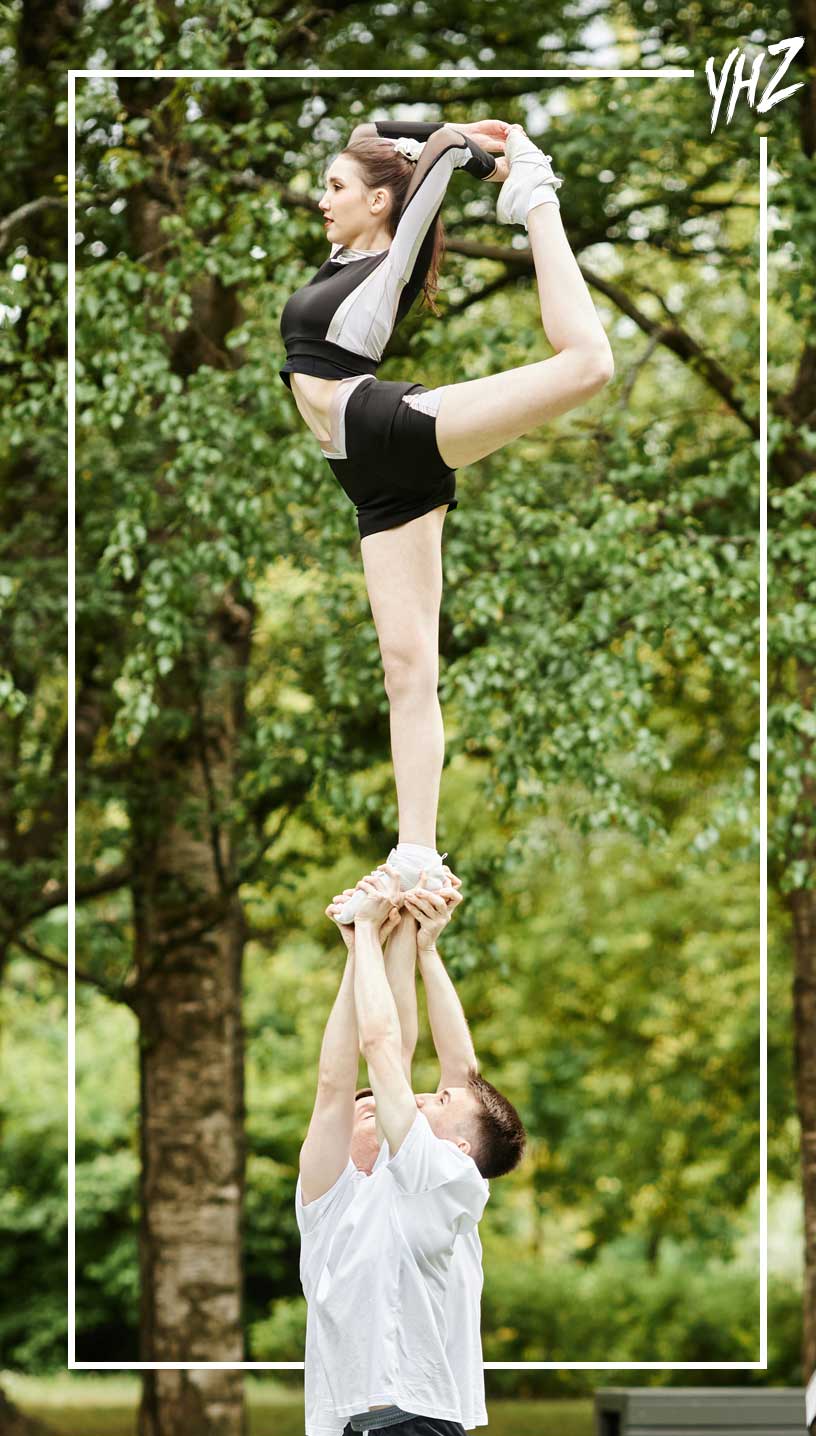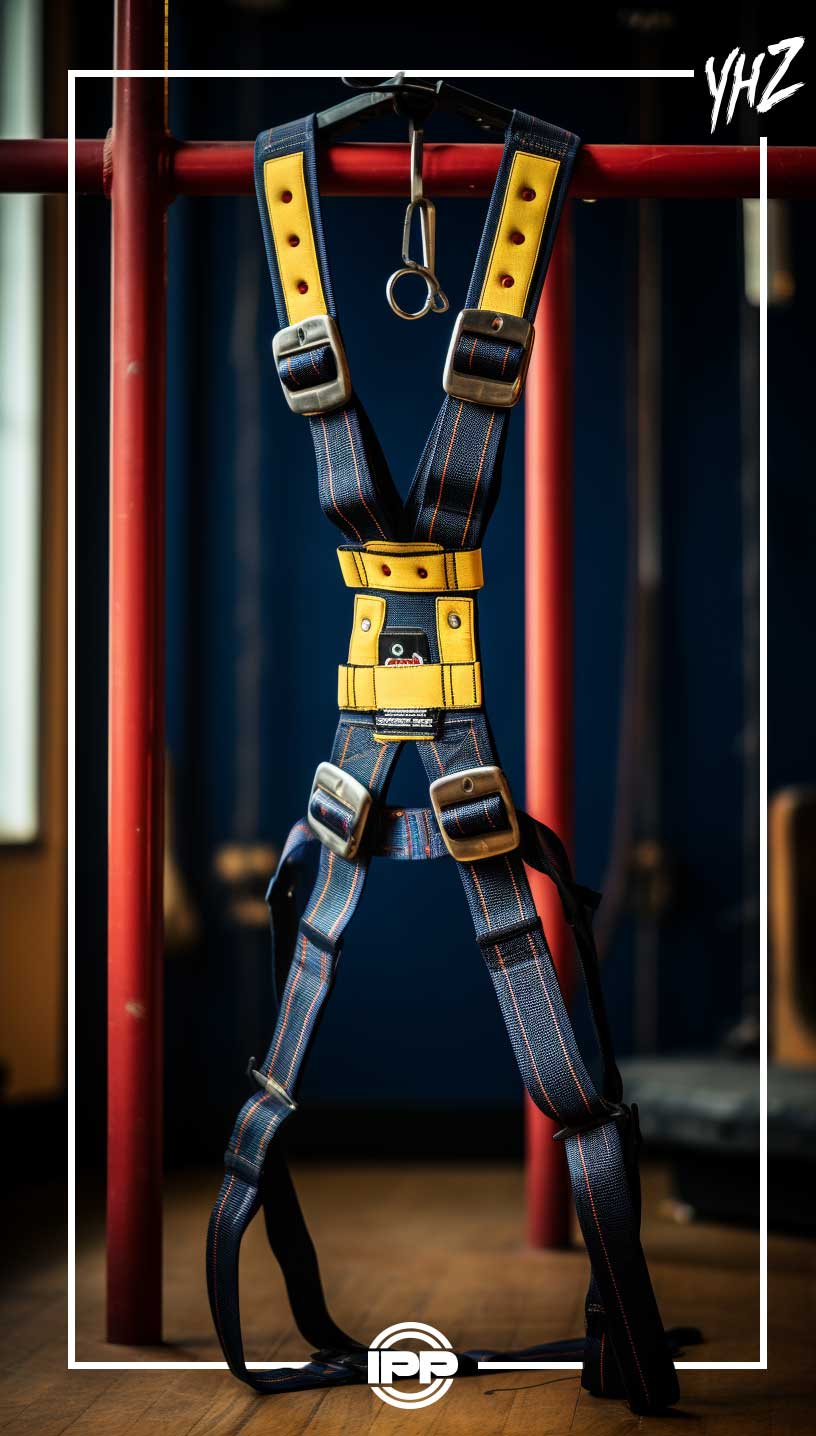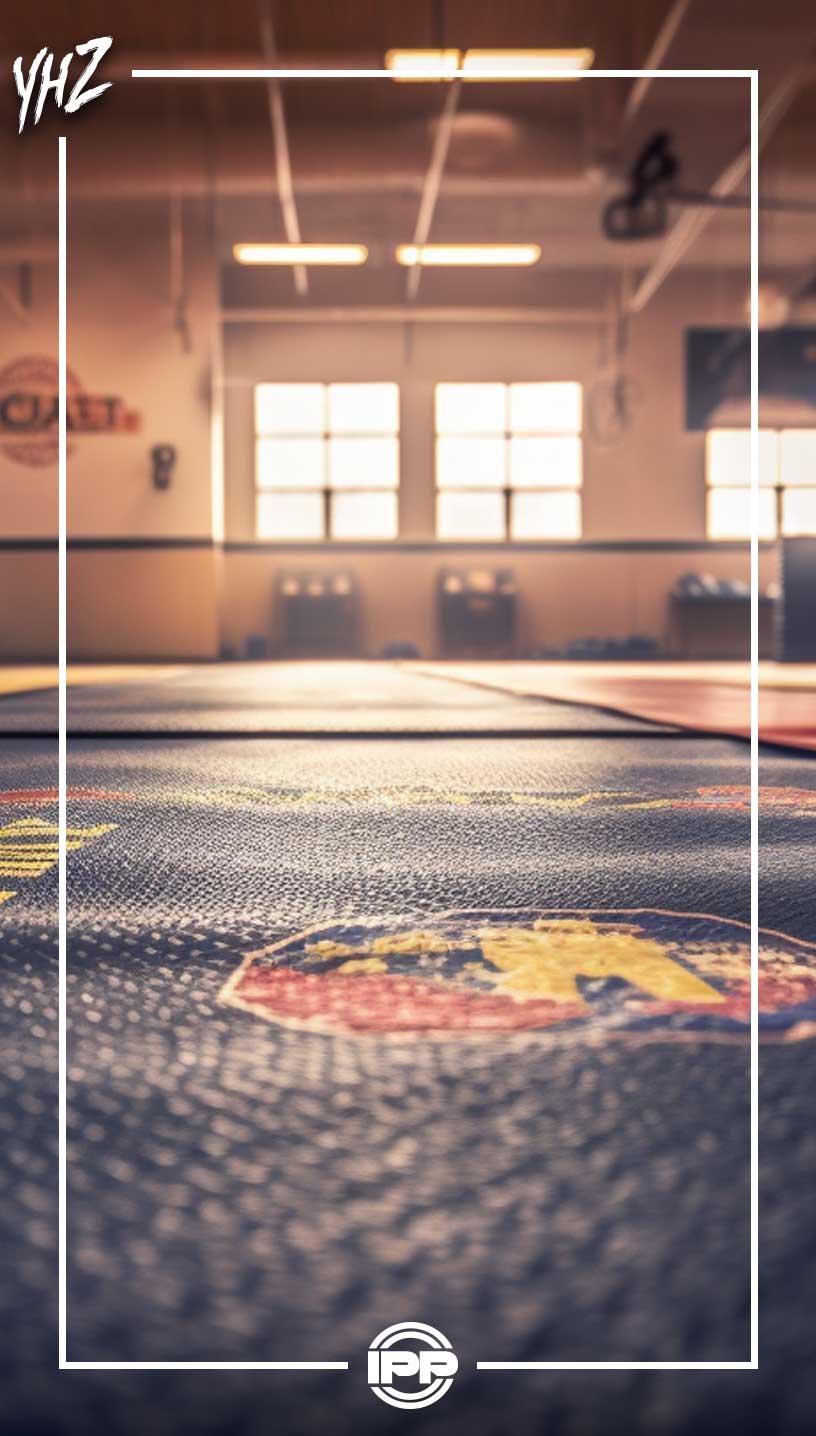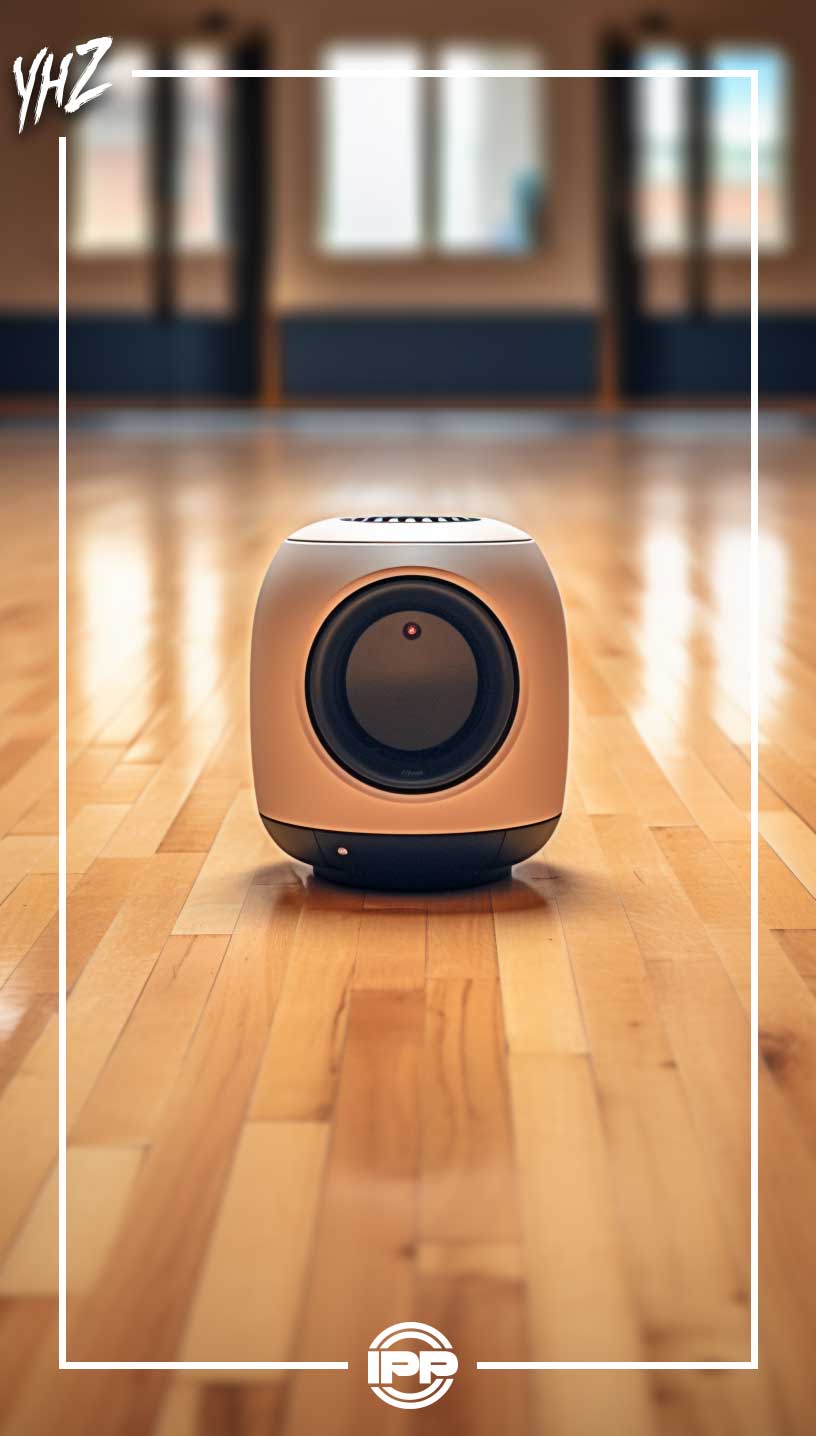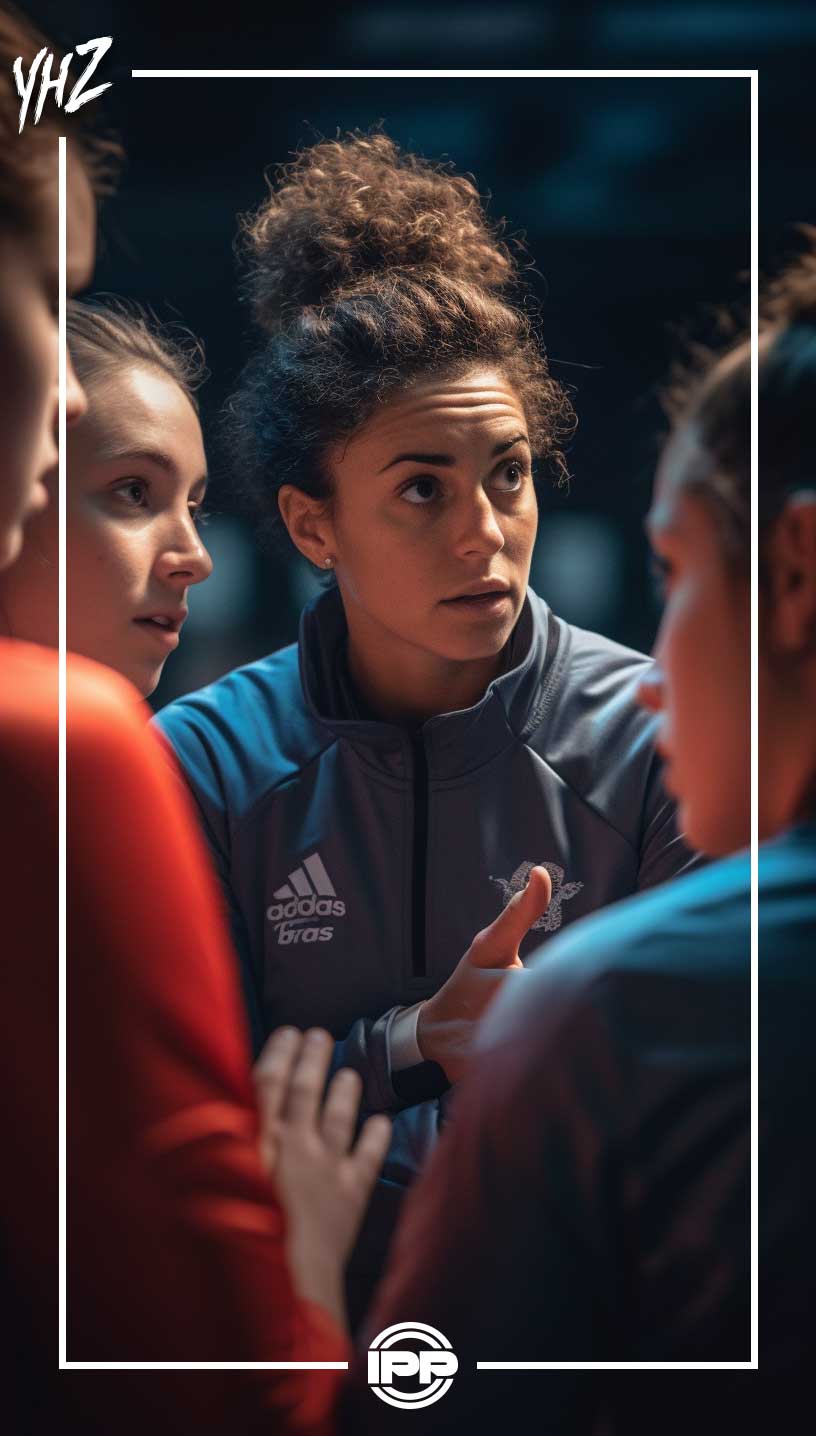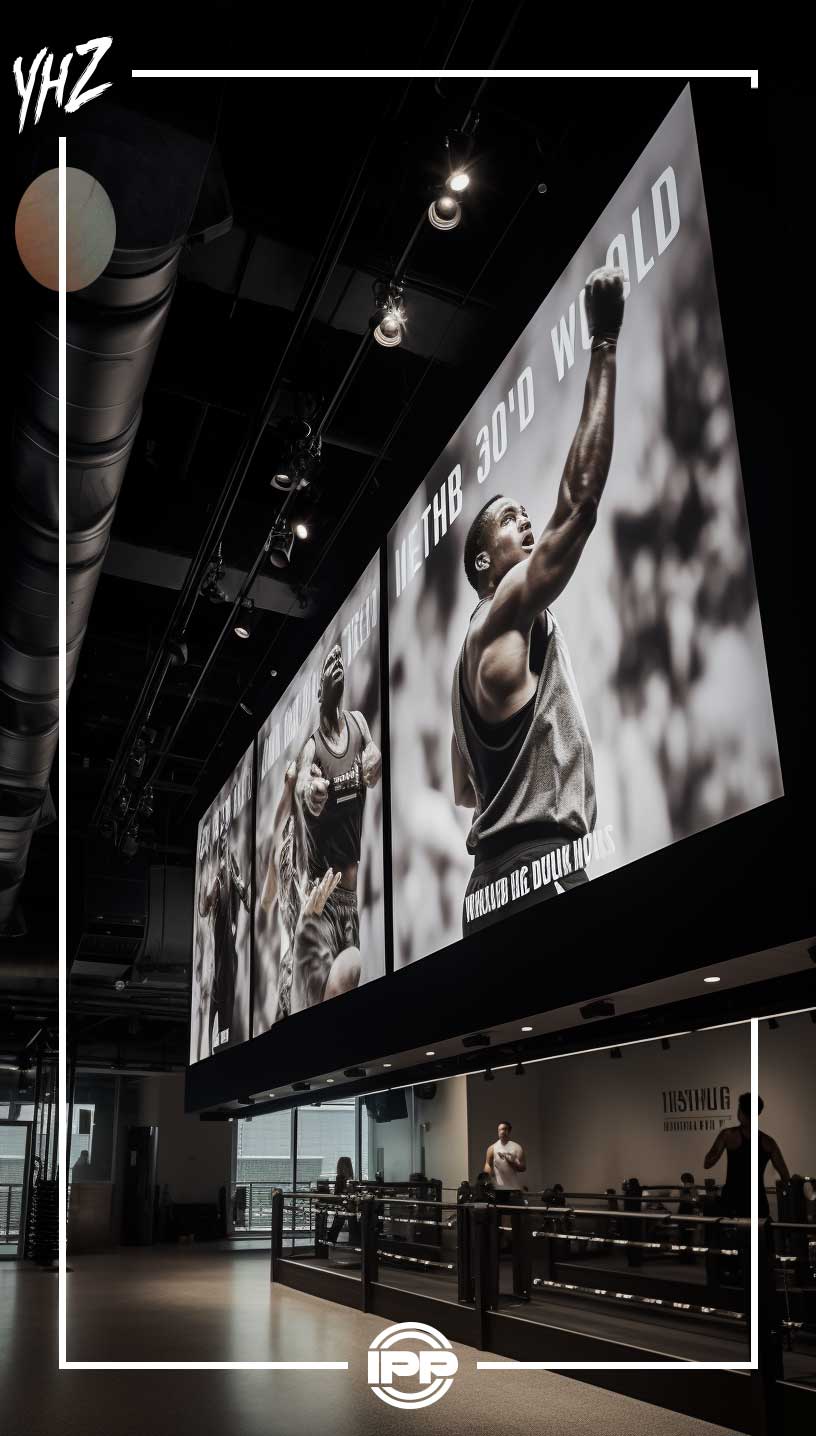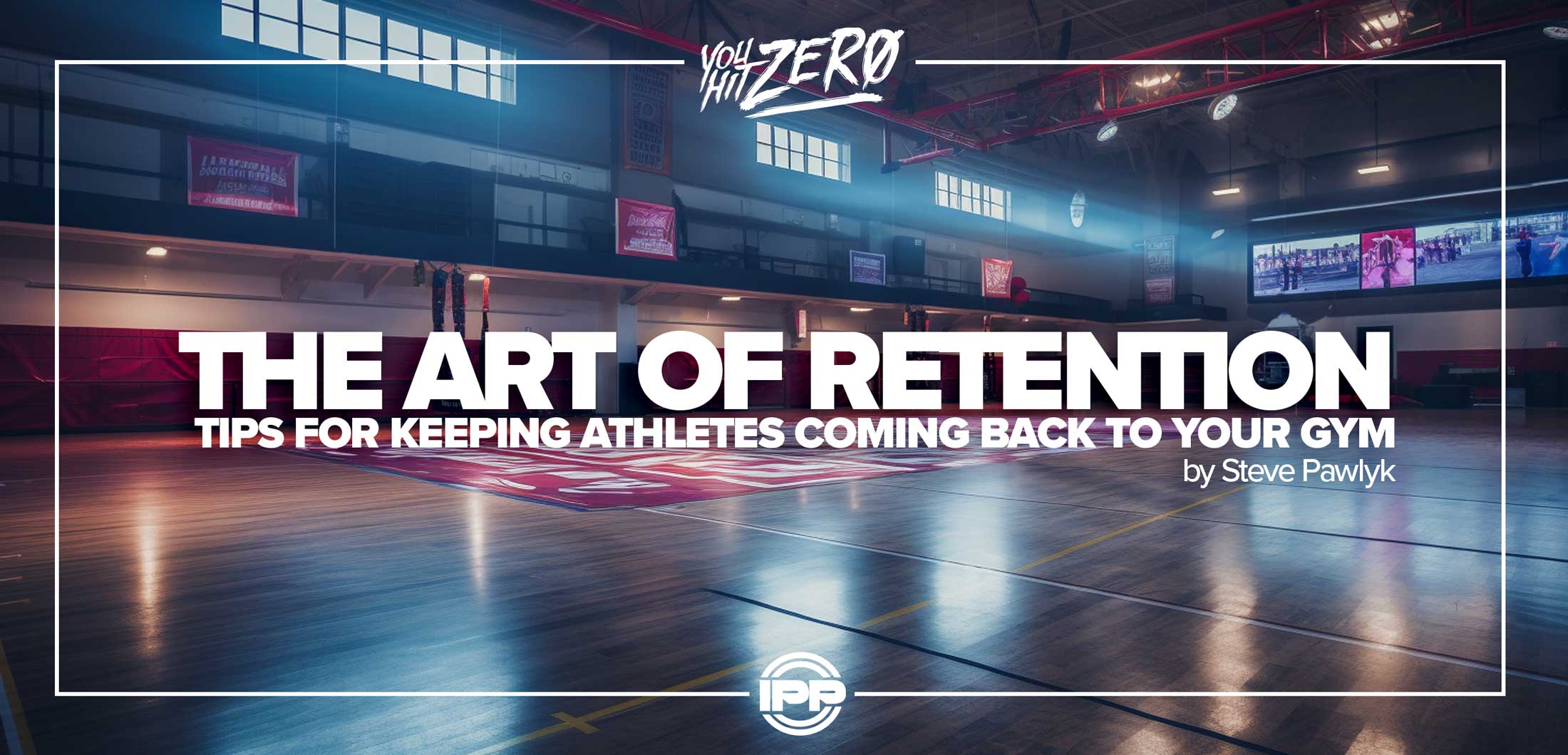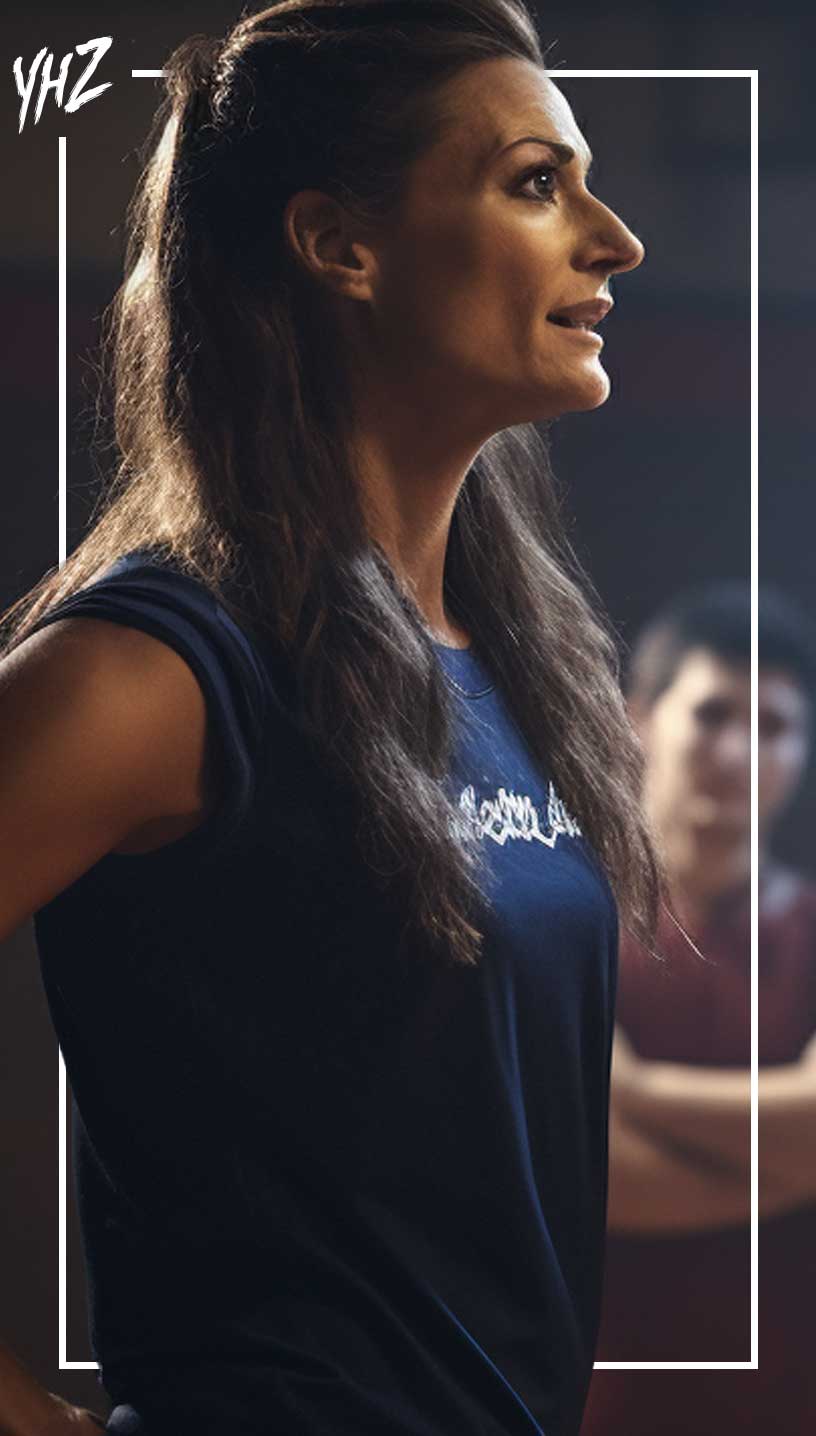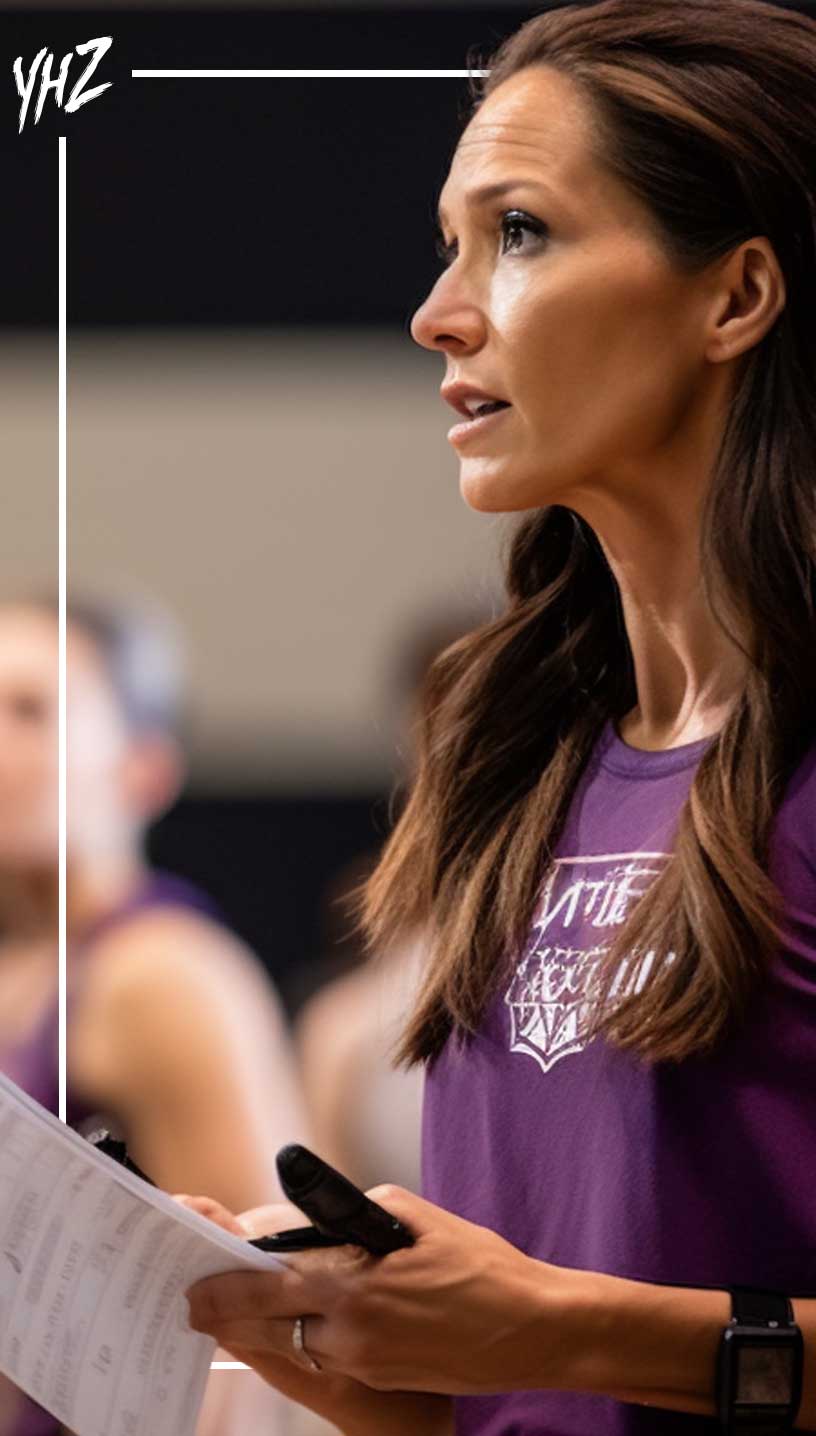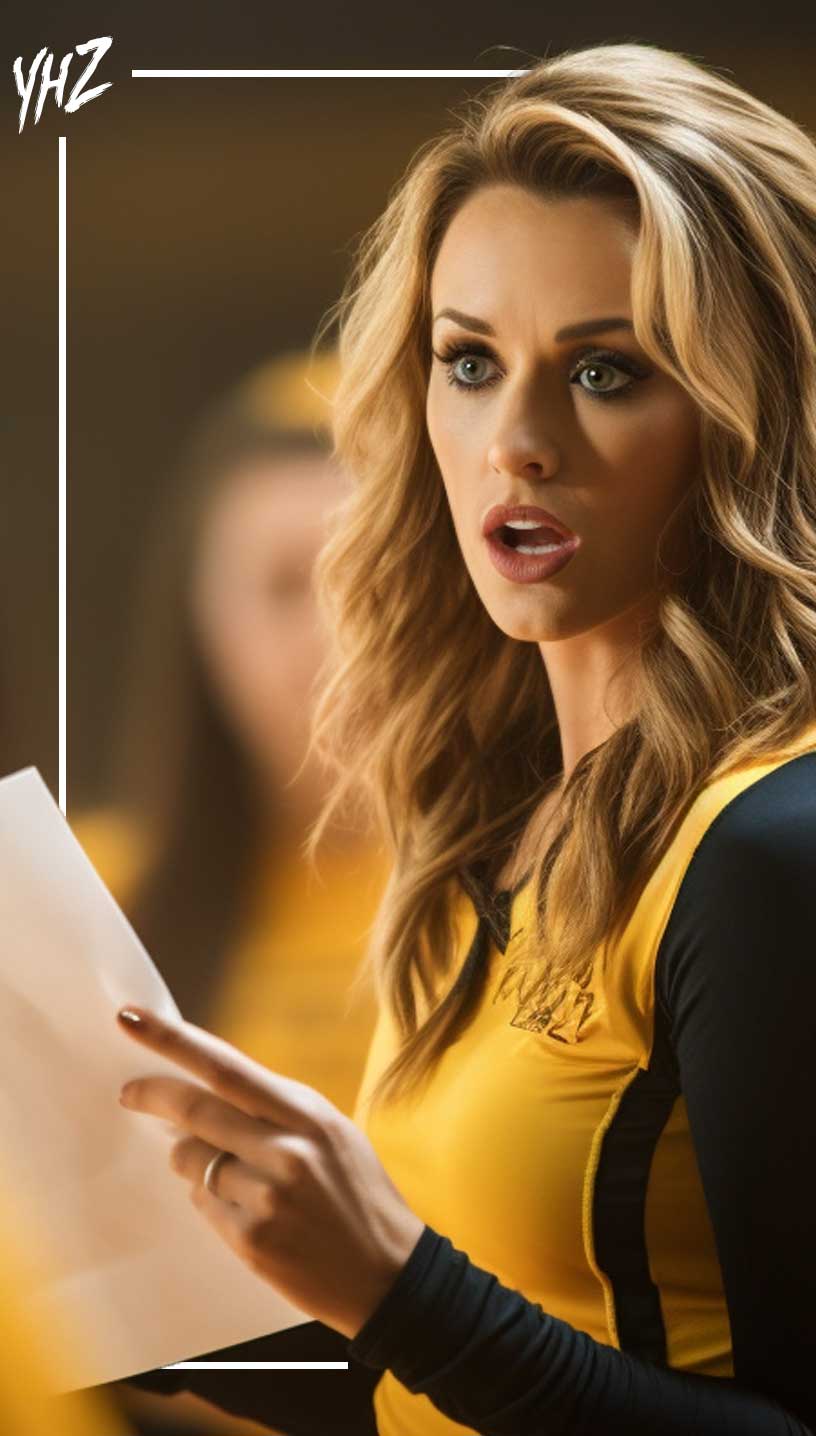By Steve Pawlyk
Published September 14, 2023
As a cheer coach, I’m sure you’re already well aware of the fact that being prepared for the unexpected is just as important as perfecting your routine. Whether it’s an unforeseen injury, a rule change, or even a last-minute venue switch, how do you adapt your strategy on the fly? This comprehensive guide combines essential tools, strategies, and resources to help you manage last-minute changes effectively and achieve the best results.
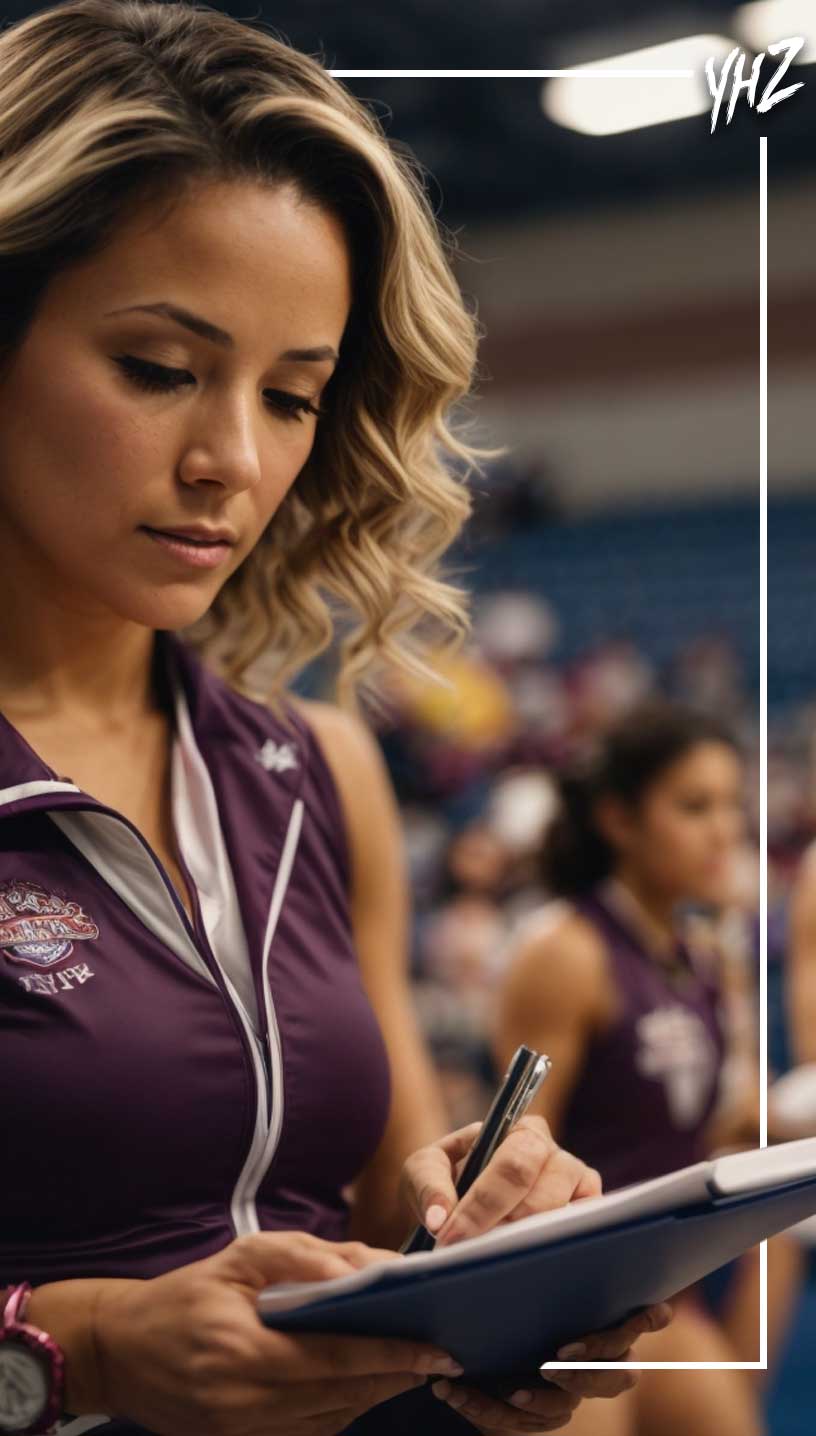
Understanding the Need for Change
Before making any alterations, it’s crucial to understand why the change is necessary. Is it due to an injury, a rule update, or a venue change? Identifying the reason will guide your subsequent actions.
Key Takeaway: Don’t resist change; understand its necessity and adapt.
Assessing the Situation
Evaluate how the change impacts your routine. Is it a minor adjustment or a significant overhaul? This assessment will help you allocate resources and time more efficiently.
Key Takeaway: A thorough assessment sets the stage for effective problem-solving.
Communication Tools and Strategies
Clear communication is vital. Utilize group messaging apps like WhatsApp to send out updates to your entire team quickly. Open dialogue fosters a sense of ownership and teamwork.
Key Takeaway: Instant messaging and chat apps are invaluable for quick and efficient communication.
Revising the Routine
Now comes the challenging part—revising the routine. Here are some steps to consider:
- Identify Critical Elements: Pinpoint the elements that must be changed and those that can remain the same.
- Consult Your Assistants: Two heads are better than one. Consult your assistant coaches for their input.
- Sketch It Out: Use choreography software or good old pen and paper to sketch out the new routine.
- Time It: Make sure the new routine fits within the competition’s time limits.
Key Takeaway: A systematic approach to revision minimizes errors and maximizes efficiency.
Practice Makes Perfect
Once the new routine is set, it’s time for intensive practice. Focus on the changed elements but don’t neglect the rest of the routine. Record the practices to identify areas for improvement.
Key Takeaway: Consistent and focused practice is the cornerstone of a successful routine.
Mental Preparation
Last-minute changes can be stressful for the team. Use techniques like visualization and positive reinforcement to prepare them mentally for the competition.
Key Takeaway: A mentally prepared team is as important as a physically prepared one.
Final Walkthrough
Before hitting the competition floor, do a final walkthrough of the routine. This will serve as a last-minute check and help boost the team’s confidence.
Key Takeaway: A final walkthrough ensures that everyone is on the same page.
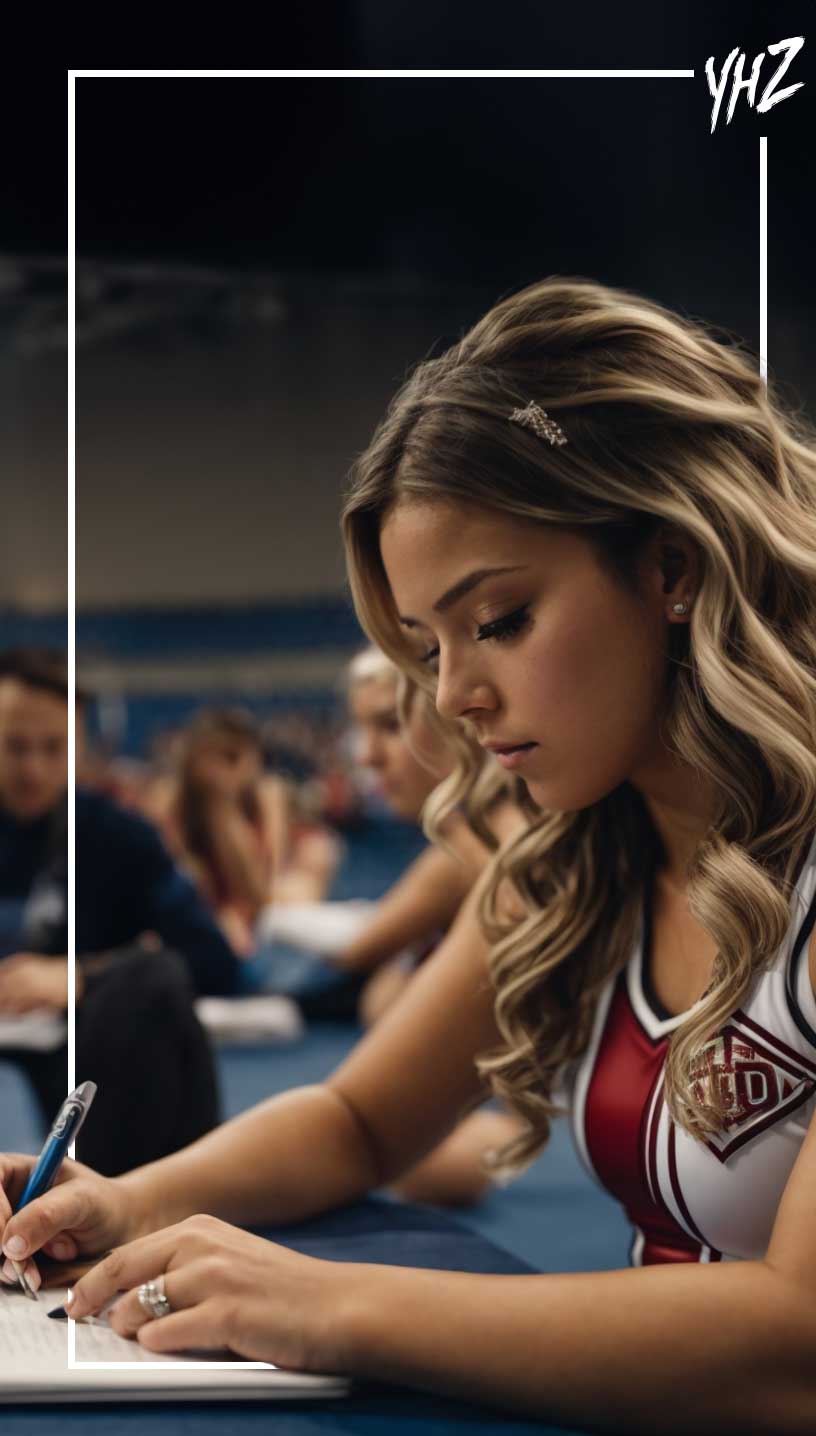
IPP's Premade Mixes are USA Cheer Compliant and customizable! Add Sound FX, swap songs, & more! Add your Team Name to the mix for only $10!









